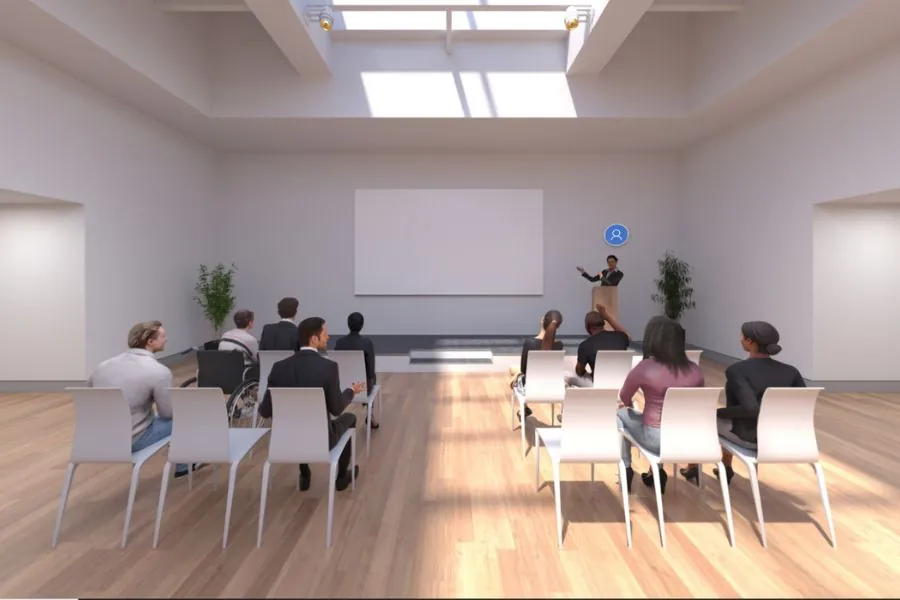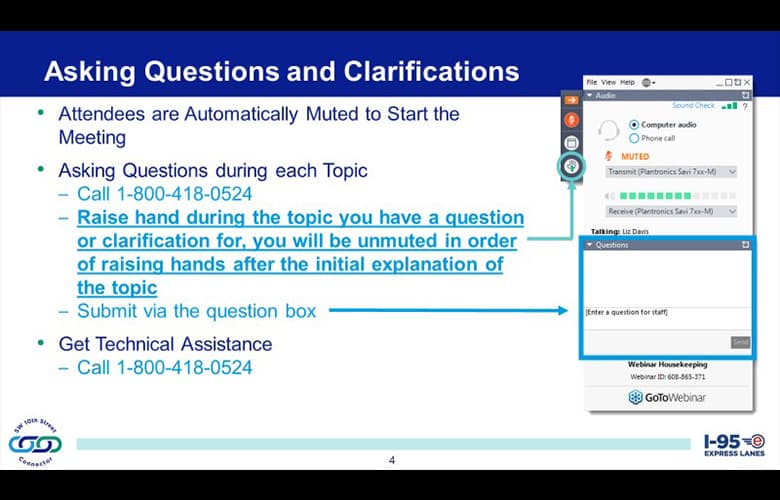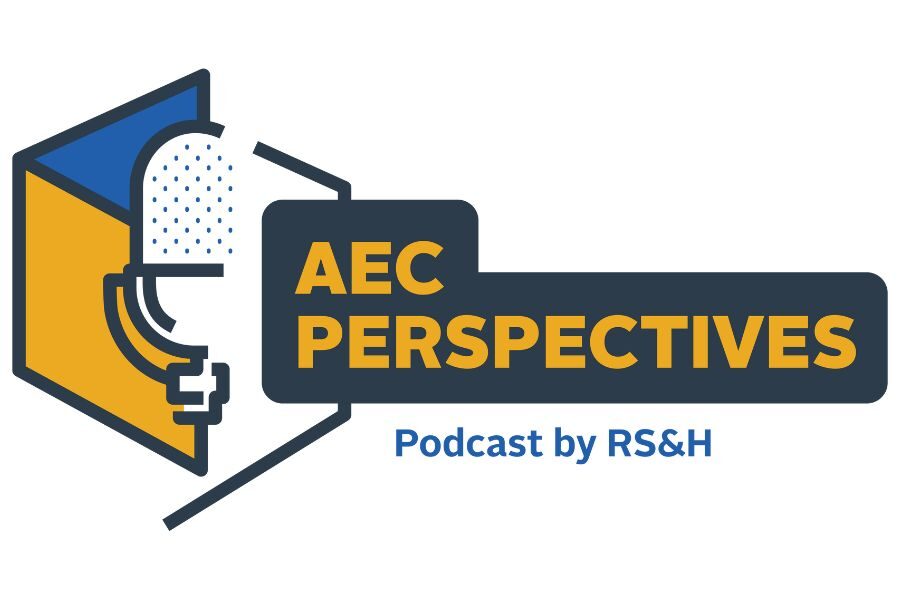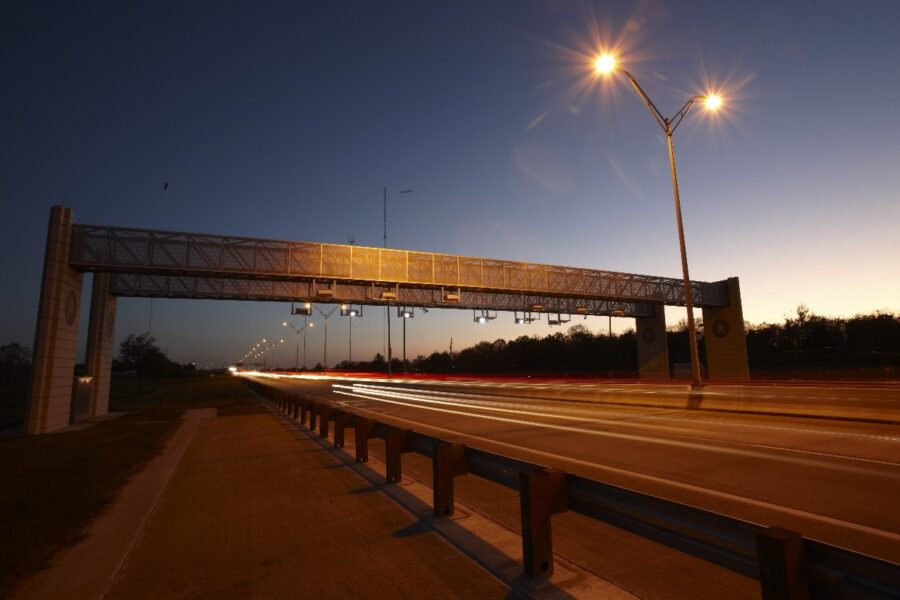How to Increase Community Engagement Through Virtual Meetings

The COVID-19 pandemic has resulted in several tough challenges for transportation project teams to convey project information and gain feedback from the public in order to keep projects on schedule and deliver much-needed infrastructure improvements. Finding ways to foster public engagement while conventional large gathering meetings and hearings are limited or prohibited is now one of the biggest issues in advancing projects that require public engagement moving forward.
But our industry has found a way to keep projects moving forward and communities involved. And it’s now becoming clear the communities we serve – and the projects we are designing – may be better for it.
Here are a few lessons we have learned in the field this year that have led to more community engagement through virtual meetings.
Planning Makes Perfect
Just like in-person meetings, planning is as important as execution when it comes to virtual presentations. There are a few steps your team can take to get ahead of questions and issues attendees may have.
- Evaluate the benefits of providing more than one session and determine if there is a need to differentiate between sessions. Consider breaking the project into different geographical areas (if applicable) to allow more time to address any specific geographical area questions that others may not be as interested in.
- Promote pre-registration for the event(s). Registering early will help your team get an idea of how many people will attend to help reasonably plan for each event. Use various methods to promote these meetings. Mailouts and yard signs around neighborhoods and shopping areas help reach the community on the ground, while posts on social media and the project website may reach an even larger audience. Utilize the involved cities, counties, and stakeholders to promote the meetings on their channels as well.
- Post presentation material and exhibits in advance of the meetings and encourage attendees to review and formulate questions on the materials. When posting online to the project website, be sure to provide a detailed description for each exhibit.
- Encourage questions be submitted in advance. By getting the questions in advance, your team can categorize and plan responses as part of the presentation. Keep in mind the virtual environment requires answers to be a lot more focused and shorter. Whereas in-person conversations with attendees at project boards can last an extended period of time, you must anticipate the follow-up questions that may be helpful to go ahead and address.
- Clearly define roles and responsibilities for the team. Know who will be answering each question and who will be speaking to each slide. You may also opt to have an individual who runs the slideshow. Use a moderator to help keep the meeting moving, someone responding to questions that come in via the chat feature, as well as a chatroom moderator filtering the questions to determine which need follow-up. Make sure you have an IT specialist on hand to troubleshoot any technical problems that may arise. And don’t forget a notetaker to capture any interactions during the presentation for an immediate debrief of any issues.
- Practice, Practice, Practice. Develop messaging and scripts for each slide. Question and rehearse the talking points. Doing this will help confirm the timing for the meeting. Consider the worst-case scenarios to ensure everyone is prepared and backups are ready to step up, as necessary.
Execution in Every Meeting
It’s likely that your team will need to host multiple virtual presentations on the project to multiple audiences. But it is important that your message does not change. Here are some tips to keep in mind to ensure every audience you talk to receives the information they need.
- Keep your presentations consistent. It’s imperative that the team provides a general presentation of the project updates that is consistent between all meetings.
- Categorize questions for the Q&A. If you receive your questions in advance, your team can categorize the questions by topics and hold a Q&A period after the general presentation. This way, your team can repeat the questions received on slides and then present on the topic to answer these questions. To go a step further, provide a written response to each question and post them to the project website.
- Do the same for in-meeting questions. Allow for chat questions (non-verbal) during the meeting, which can be acknowledged by someone on the team immediately. A team member can add the chat questions to the appropriate category slide in a different color so the presenter would recognize it as a new question that came in during the meeting. Just like the advance questions, be sure to provide a written response to send directly to the questioner as well as the project website.
- Provide a survey to meeting attendees afterwards. By preparing and issuing a survey at the conclusion of the meeting, your team can gain valuable insights to assess performance and needs for the public hearing.
Virtual Meetings Are Here To Stay
Virtual public engagement meetings will be around long after the COVID-19 pandemic fades away. While in-person meetings cannot be abandoned, virtual technology will be a much more used tool — and much more effective.
Consider the PD&E study we recently completed for a pivotal and community-sensitive corridor expansion project in South Florida.
We had met several times with the city and developed innovative solutions to address a lot of concerns, as well as provide more details and enhance other aspects of the project. The team had gotten to a good spot in the development and was ready to start meeting to explain these refinements to the public and stakeholders. And then COVID-19 struck.
We went from planning large public meetings in April and May to quickly realizing that a large public meeting was not going to take place anytime soon. Realizing this new reality, we pivoted quickly to evaluate how best to execute a large public meeting virtually.
We developed a plan and executed three virtual public update meetings for the project during the summer, hosting and reaching almost 800 attendees over 3 virtual meetings. The team followed up with smaller virtual stakeholder meetings. For one week in October, our team planned, developed and hosted 13 Public Hearing Sessions – 9 of them virtual hearings held across 3 days and reaching nearly 400 people.
Our virtual public engagement after-meeting surveys found:
- 98 percent of the attendees believed the exhibits and presentation to be clear and understood the concepts being presented.
- 97 percent found that the virtual public hearings effectively conveyed the project info.
- 85 percent agreed that the virtual hearings allowed them to easily ask questions and make comments.
We have an opportunity to be much more effective in a virtual meeting than an in-person meeting. We can better explain the project and give the audience nice, clear graphics to ensure everybody’s on the same page at the same time.
Most importantly, we have the potential to reach more people affected by each project. Our virtual webinars got three times as many people participating in and attending meetings as the in-person meetings. More attendees means more questions and a greater opportunity to showcase the benefits of a project to its core audience.
And, ultimately, virtual meetings may lead to more acceptance from the community over pivotal projects. That acceptance can ultimately move your project forward.
Learn how we can serve as a partner on your next transportation project.




